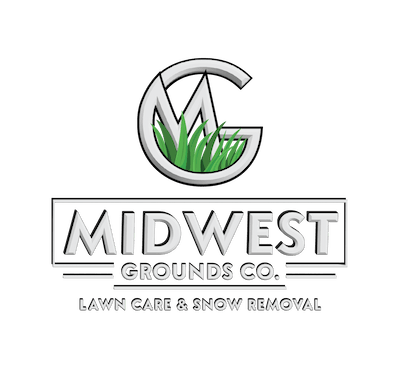Preparing Your Ankeny Lawn for Winter: A Comprehensive Guide
Understanding the Importance of Winter Lawn Preparation
As the crisp autumn air begins to settle in Ankeny, it’s time to start thinking about preparing your lawn for the winter months. Proper preparation can make a significant difference in the health and appearance of your lawn come spring. This guide will walk you through essential steps to ensure your lawn survives and thrives after the winter chill.
Winter preparation not only protects your grass but also promotes robust growth when temperatures rise again. By taking proactive steps now, you can avoid common issues like lawn diseases and patchy growth, ensuring a lush, green lawn when the snow melts away.

Key Steps to Prepare Your Lawn
Raking and Clearing Debris
The first step in preparing your lawn is to rake away fallen leaves and other debris. Leaves left on the grass can smother it, leading to brown patches and disease. Clearing your lawn allows sunlight to reach the grass, promoting healthy growth. Use a sturdy rake to gather leaves and twigs, making sure to remove them entirely.
In addition to raking, consider aerating your lawn if the soil is compacted. Aeration helps improve soil drainage and allows nutrients to penetrate deeper into the roots. This process can be completed using a manual or mechanical aerator, depending on the size of your lawn.
Fertilizing for Winter Survival
Fertilizing is a crucial step in preparing your lawn for winter. Apply a high-potassium fertilizer during the fall to strengthen the grass roots. Potassium aids in protecting grass from cold temperatures and disease. Ensure you follow the recommended application rates on the fertilizer package for optimal results.

Mowing and Watering Practices
Adjusting Your Mowing Routine
As winter approaches, gradually lower your mower's cutting height. The final mow of the season should leave your grass about 2 inches tall. This height helps prevent snow mold and other fungal diseases by reducing moisture retention. Be careful not to cut it too short, as this can damage the grass.
Regular mowing should continue until growth stops completely. Remember to maintain sharp mower blades for a clean cut that minimizes stress on the grass.
Effective Watering Strategies
While it might seem counterintuitive, proper watering is still important in autumn. Ensure your lawn receives about 1 inch of water per week until the ground freezes. This helps maintain moisture levels and supports root growth. Monitor rainfall and adjust your watering schedule accordingly to prevent overwatering.

Protecting Your Lawn during Winter
Minimizing Foot Traffic
To protect your lawn during its dormant phase, minimize foot traffic as much as possible. Walking on frozen grass can damage it significantly, leading to bare patches once spring arrives. Consider laying temporary pathways or using designated walkways to keep off the grass.
Additionally, avoid parking vehicles on the lawn during winter months. The weight can compact the soil, making it difficult for grass to recover once growth resumes.
Monitoring for Pests and Diseases
Even with thorough preparation, it's essential to monitor your lawn for signs of pests and diseases throughout the winter. Common issues include snow mold and voles that may create tunnels under the snow. If necessary, consult a local lawn care professional for advice on managing these problems effectively.
By following these comprehensive steps, you’ll set your Ankeny lawn up for success through the winter and into spring. With a bit of time and effort now, you can look forward to enjoying a healthy, vibrant lawn when the warmer months return.
